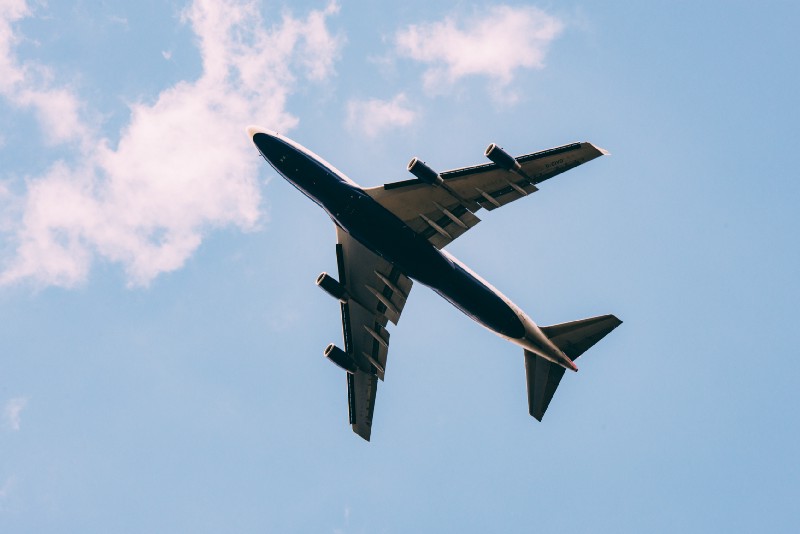
Electric Powered Airplanes – Future In The Making
People have been obsessed about flying. The excitement that the Wright brothers had when the first airplane flew is still alive in us whenever a plane takes off. Though flying is still a wonderful experience, and travelling through the clouds does seem magical, rising fuel tensions is making it hard to imagine a future where the world could afford to fuel airplanes to fly around the world.
Well, instead of waiting for a change, the change has come to us. Companies are coming together to research and invest in electrical aviation, and this has had the world excited.
The journey of an electrical powered airplane called the Solar Impulse 2 started from Abu Dhabi, and now it has finished its electric-powered circumnavigation. The plane burnt no fuel, but dependent on solar panels and an electric motor that was powered by four 41 kWh batteries.
The circumnavigation that this airplane underwent changed the way the world looked at the flying industry. An industry that was destined to run on fuel suddenly could dream of flying only on electricity, and this plane paved the way. And this is something that is needed at the moment too.
The European Commission estimates that airplane emissions are responsible for approximate 3 percent of the total EU greenhouse gas emissions. Though just three percent might sound very less, to put in perspective, the emissions given out by a person per flight from London to New York would be equal to a person heating their home in the EU for a whole year.
Electric aircrafts would be able to solve this problem, both from the passengers and from the company’s side. From the passengers sie, it means cheaper tickets as the expenditure is less, and thus this also means it is a profit from the company’s side too.
But that is not the only benefit from the company’s side. With an electric engine, planes would be able to perform much better, and would not require the amount of maintenance that a fuel engine requires. And this again is a jackpot for companies.
Challenges

But the journey from a fuel-powered airplane industry to an electrically powered airplane industry is not a bed of roses. There are challenges that need to be faced and that need to be taken over. Though electric planes might be faster, lighter and way more efficient, they at present are not capable of carrying the same number of passengers that fuel airplanes can carry.
Many industry analysts claim that the dream of seeing an all electrically powered airplane industry cannot be completed by 2030, studying the present progress in hybrid electric technology.
Anyone who has worked with electronics knows that cooling is key. And that is yet another challenge that electric airplanes would have to figure out. How would they come up with an effective and practical cooling system?
When coming up with such a system, they would also have to take under consideration the effect it would have on the overall weight of the airplane, and the amount of power that the cooling system in itself would contain. The best bet right now is to use superconductivity and supercooled electronics that would be required to reduce the electrical resistance of the aircraft.
Though the batteries that were used on the electric flight was just four 41 kWh batteries, it was a solo flight and is practically impractical for consumer flights. So, what kind of batteries would have to be used on these flights?
As for now, the industry has not come up with a working, practical idea. But what is needed, no matter what the battery is must be that the batteries should be easily swapped, and should require a replacement only after 1,500 charge cycles.
Greener

As mentioned earlier, many companies are at the forefront, developing technologies to create the perfect electric powered airplane. One of them is Zunum Aero, which is a joint venture between Boeing and JetBlue.
This company has been working since 2013 on a 10-50 seater hybrid electric aircraft. Another airplane had started construction in 2017 and is expected to be ready to be flown by 2020. Considerable progress has been made as it was announced on February 2018 that the company is building its first prototype.
Another company is the Airbus E-Fan X that is backed by Rolls-Royce and Siemens, some of the biggest names in technology and automobiles. This company already has a prototype and is also setting the fly date to 2020.
It’s clear that one can touch the skies without harming it with emissions. And that is a future that is keenly looked forward to not just by environmentalists, but by the whole world. The future is officially green.





